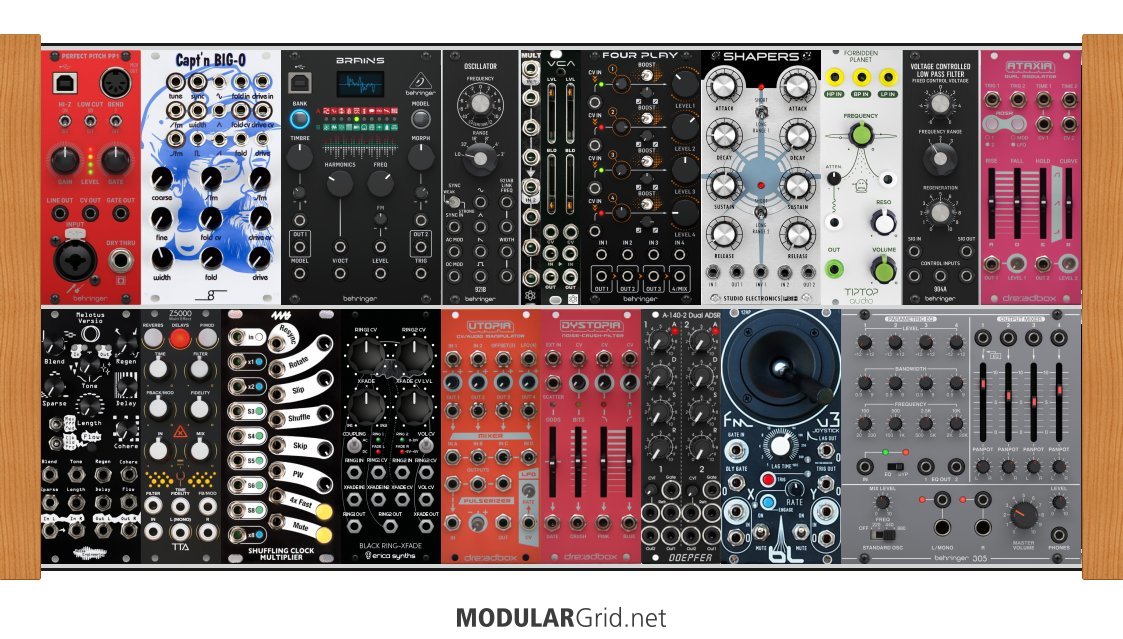along with what everyone else has said...
for guitar and bass input - most people want envelope following and gate extraction rather than pitch... as this is usually poor... the disting ex is one of the best at it though apparantly - I've not tried any pitch extraction, especially the b-cpompany module - but I do use envelope followerrs and gate extraction...
I have a very strong feeling that the 921B vco needs a 921A to actually work properly - do your research on this...
I never recommend either b-company or synthrotek on ethical grounds - don't support biggots!
strongly agree with the pam's suggestion - and not convinced a clock multiplier is a great thing - better to have a faster clock and divide - than a slower clock and multiply - especially if you want accurate timing (unless you are always going to use a very steady clock)
I'd go for less voices and more utilities - see my signature for hints - more versatility in patching for less expense...
doepfer and ladik are both solid and inexpensive (especially for utilities) and worth supporting as companies...
not convinced you need 2 dual ADSR modules... I'd lose 1 to make room for something more interetsing...
adefinitely a veils clone and a full size plaits clone over the b-company versions - After Later Audio and others make them and are worth supporting!
I'd also start with a minimum viable synth a single sound source, a single sound modifier, a modulation source (I like maths from Make Noise - another company worth supporting), a way to play and a way to listen plus some utilities - a quad cascading vca (veils) can be used as a mono output (& input for that matter - with disting ex for pitch/envelope following & maybe gate extraction - again a company worth supporting)
"some of the best base-level info to remember can be found in Jim's sigfile" @Lugia
Utility modules are the dull polish that makes the shiny modules actually shine!!!
sound sources < sound modifiers < modulation sources < utilities



